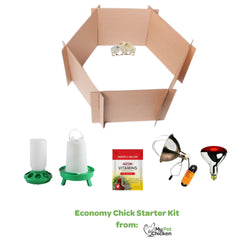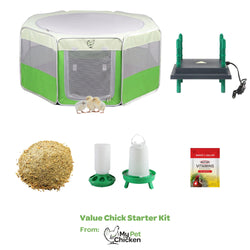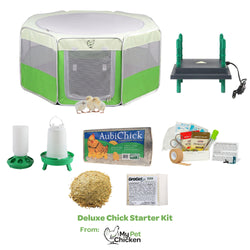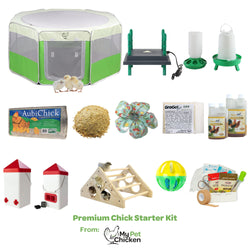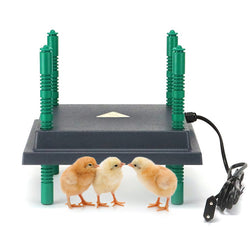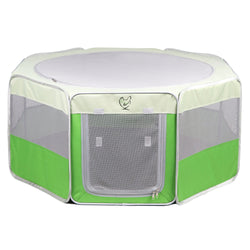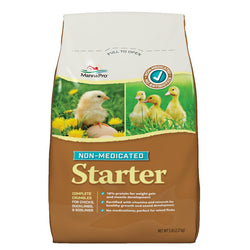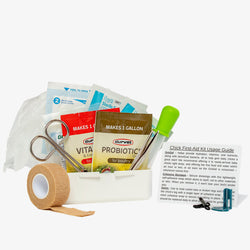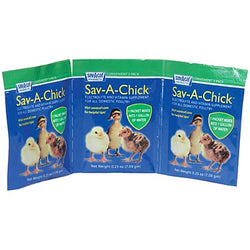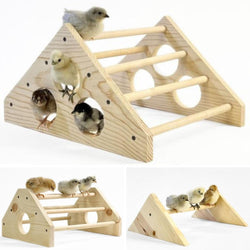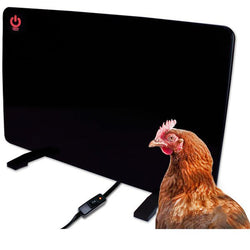How can I tell if my chicken has frostbite?
Back to blog
Frostbite occurs when the body becomes very cold and sends a signal to constrict blood vessels in the extremities in order to direct more blood to vital organs. Because the flow of blood and oxygen to the affected parts of the body--such as the comb, wattles, and feet--is disrupted, the tissue may eventually freeze. Frostbite may cause minor damage to just the tips of the comb, wattles, or toes, or it may be more extensive, causing loss of use to major body parts.
There are three stages of frostbite:
1. First degree - minor, causes irritation of the skin
2. Second degree - causes blisters on the skin, but not major damage
3. Third degree - involves all layers of the skin and causes permanent tissue damage
Early Symptoms:

Later Symptoms:

Potential Complications:

To protect your flock from frostbite, make sure that your coop has adequate ventilation but no drafts. Ensure that there is a way for hot, moist air from respiration and droppings to escape, especially in small coops. You can provide supplemental warmth during very cold weather using a safe, infrared heater near the roost. If a member of your flock is showing symptoms of frostbite, it is advisable to contact your local veterinarian for treatment options. If you don't have a veterinarian available, you can attempt to treat the chicken at home using these tips.
There are three stages of frostbite:
1. First degree - minor, causes irritation of the skin
2. Second degree - causes blisters on the skin, but not major damage
3. Third degree - involves all layers of the skin and causes permanent tissue damage
Early Symptoms:
- Pale, gray, or white tissue on the comb or wattles, usually around the edges
- Feet or toes may appear more red than usual, or tissue may turn dull or white when fully frozen
- The chicken may appear to be in pain and/or show signs of lethargy

Later Symptoms:
- Affected tissue will usually swell and may begin to blister.
- In severe cases, tissue may have a waxy appearance and, if touched, will be firm.
- Eventually, the affected tissue will turn turn black.
- The chicken may show signs of pain, such as lethargy and unwillingness to eat or walk as usual.
- As the affected tissue warms, it will be painful and itchy.

Potential Complications:
- Infection, particularly gangrene
- Loss of body part, including surgical amputation
- Pecking at painful or itchy tissue, causing further damage

To protect your flock from frostbite, make sure that your coop has adequate ventilation but no drafts. Ensure that there is a way for hot, moist air from respiration and droppings to escape, especially in small coops. You can provide supplemental warmth during very cold weather using a safe, infrared heater near the roost. If a member of your flock is showing symptoms of frostbite, it is advisable to contact your local veterinarian for treatment options. If you don't have a veterinarian available, you can attempt to treat the chicken at home using these tips.
